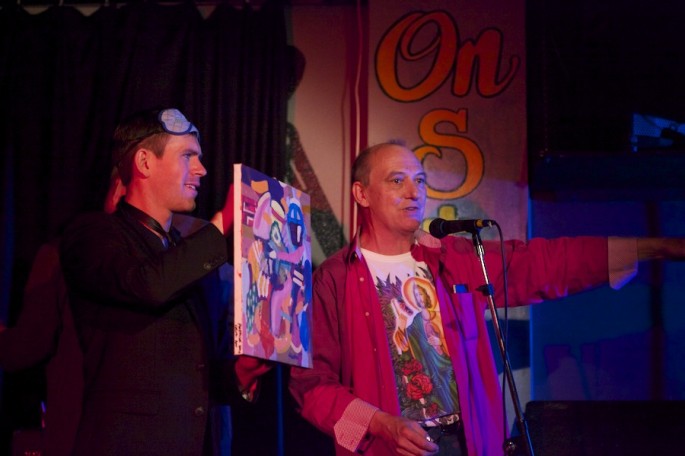Video: Snežana Golubović
A glimpse of Snežana Golubović’s durational performance.
Videographer: Sebnem Ozpeta
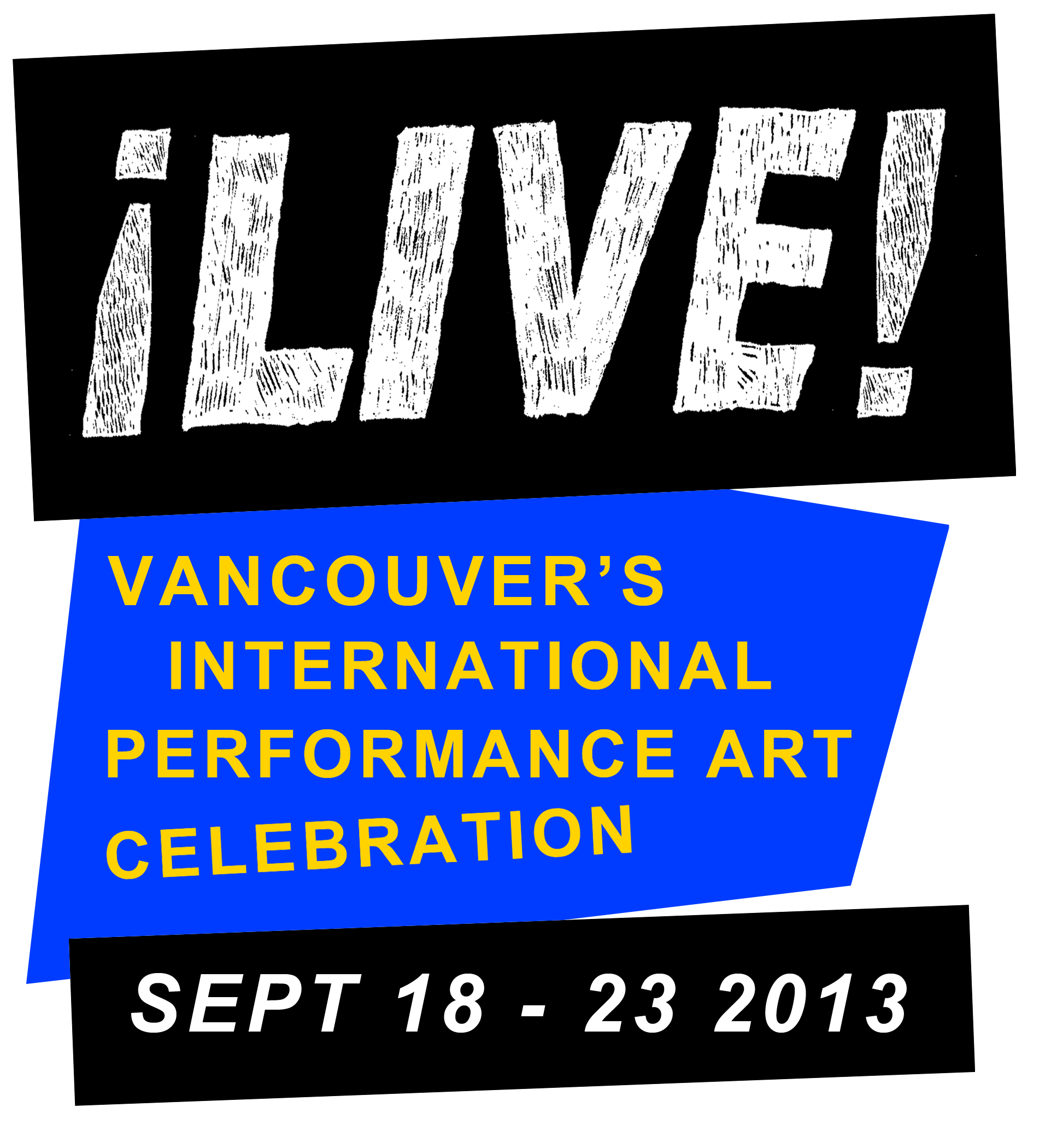
Copyright © 2012. All Rights Reserved.
A glimpse of Snežana Golubović’s durational performance.
Videographer: Sebnem Ozpeta
Guadulupe Neves performance, Sept 18 at LIVE 2013, to the disappeared of Argentina.
Videographer: Sebnem Ozpeta
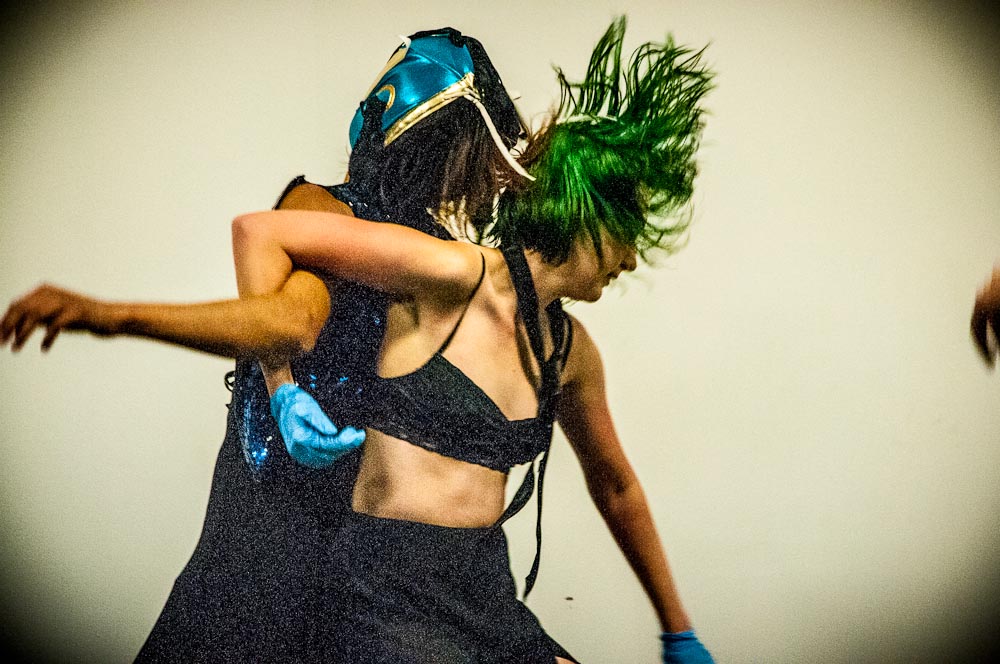
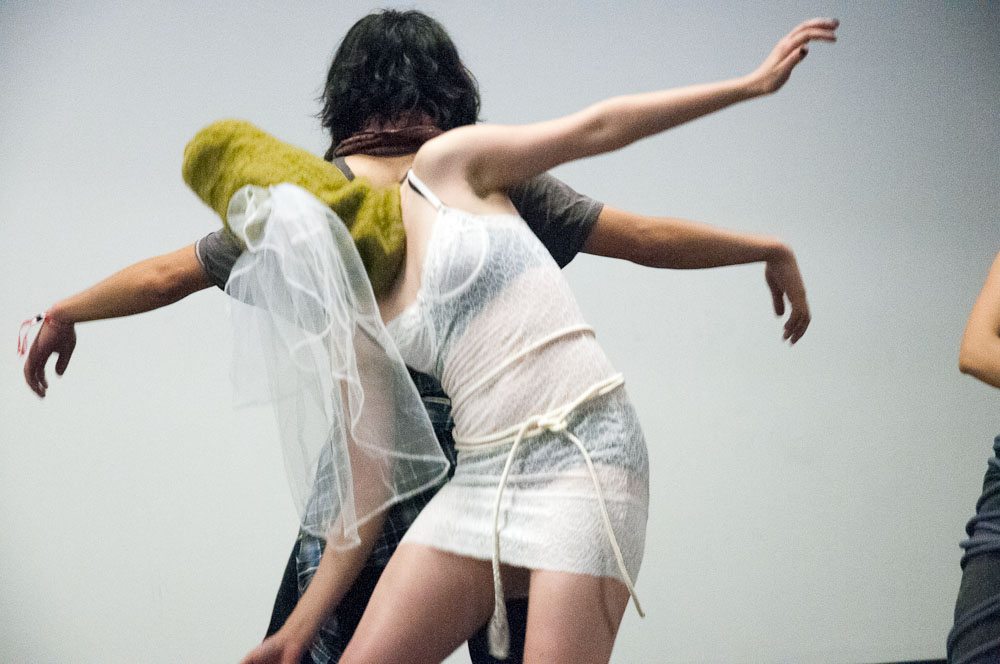
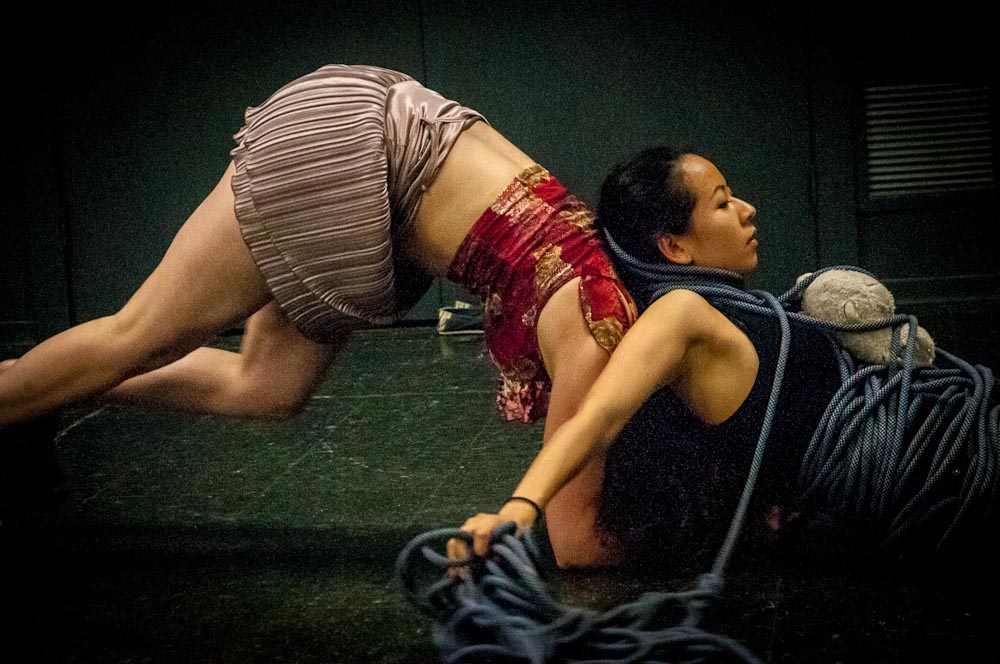

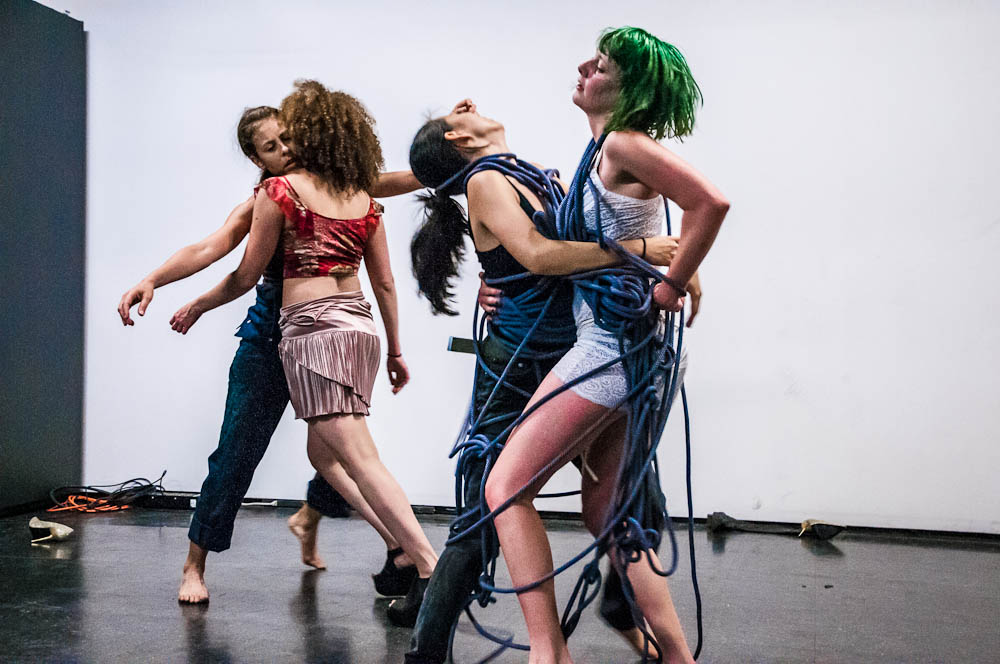

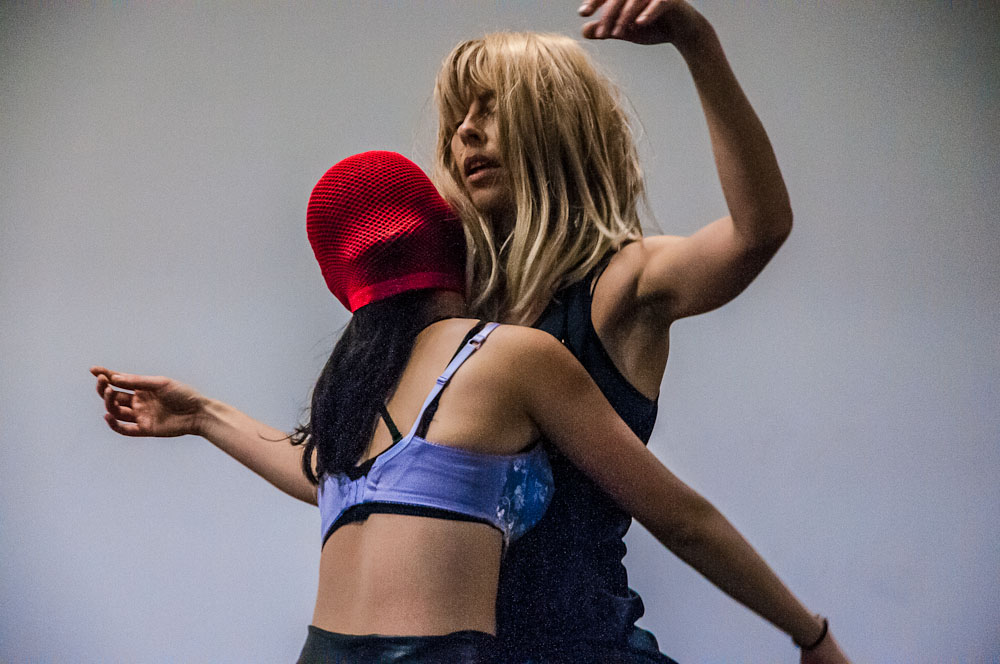
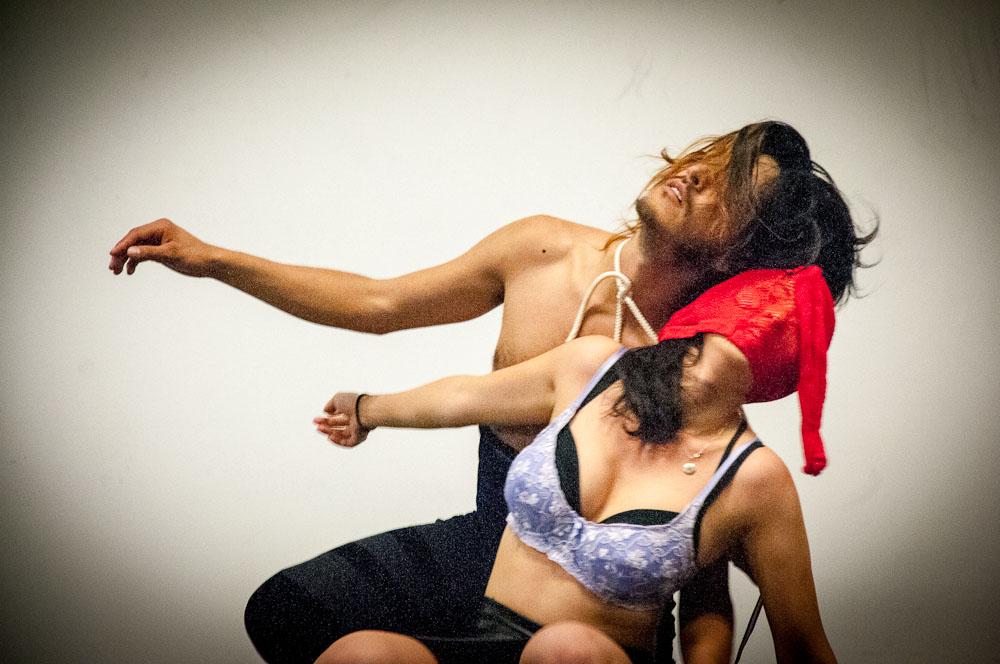
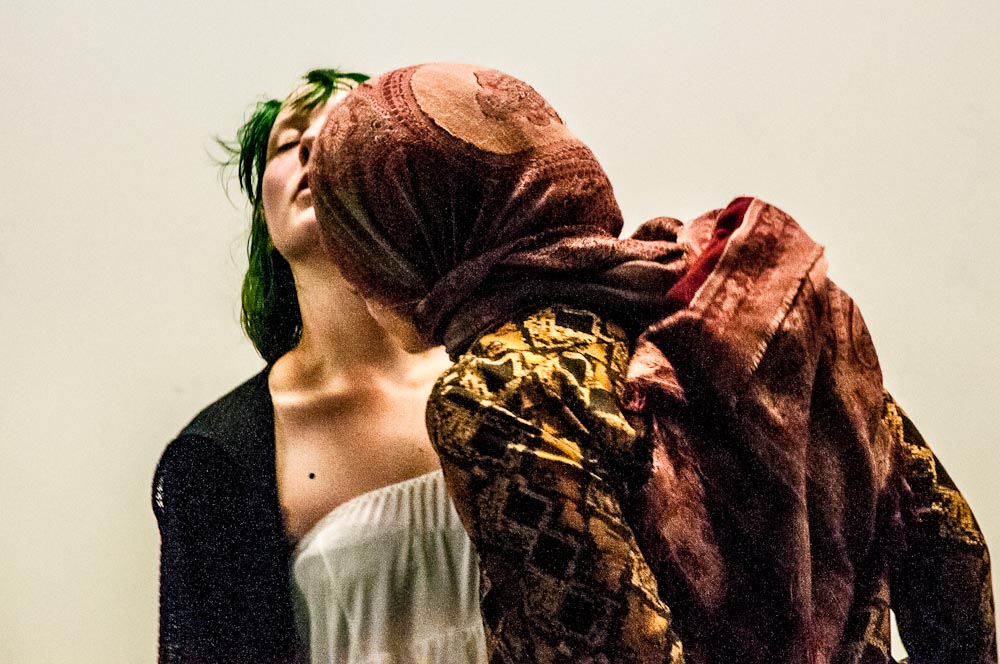
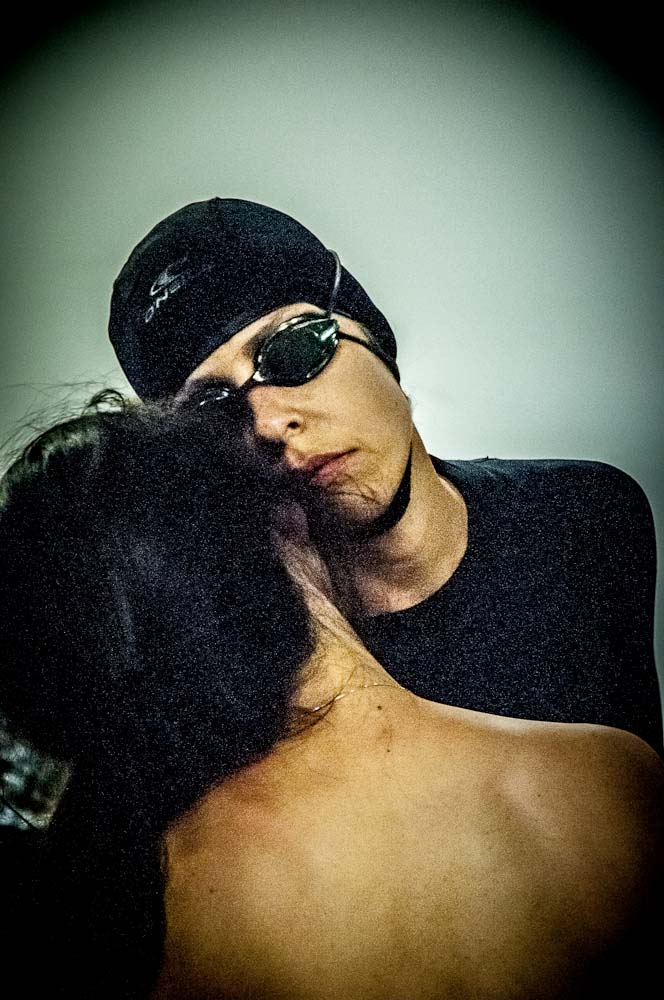
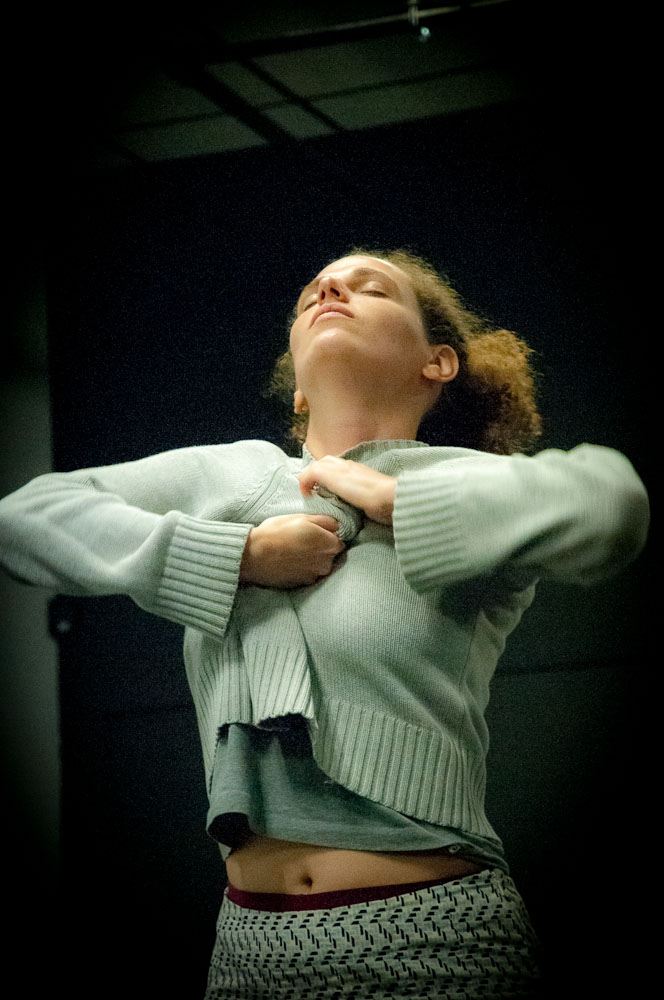
Images from Jürgen Fritz’s workshop hosted by LIVE Sept 14–17.
Participants: Jessie Altura, Nita Bowerman, Dustin Brons, Luciana D’Anunciacao, Olivia Dreisinger, Emilio Rojas, Aleksandar Vlasev, Victoria Zhu
http://ca.blouinartinfo.com/news/story/957862/freedom-reigns-in-lives-international-performance-art
Robyn Fadden speaks with LIVE Biennale director Randy Gledhill about the festival’s 8th edition, the political nature of performance art, and the growing influential presence of the art form in Vancouver, across Canada, and internationally.
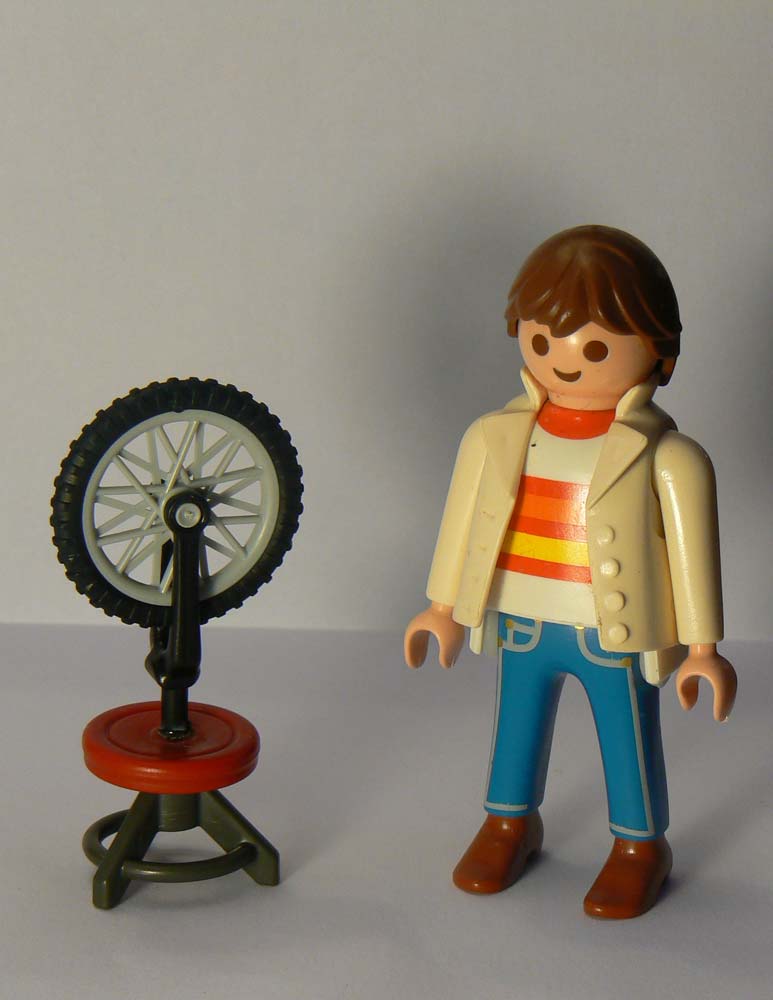
Because Marcel Duchamp is the freest man of the 20st century.
Because he made this fundamental liberty flourish, he would feed it, all the time, with every breath, every gesture.
Because this liberty is his artwork.
Because it is elegant.
Because it is radical.
Because this liberty is so relentless became natural, necessary, vital.
Because Marcel Duchamp is the nuclear force of Art: manifesting small frictions that create devastating explosions of meaning and emotion.
Because Marcel Duchamp is the one who invents a new politics of seeing.
Because Marcel Duchamp is a stowaway of the Arts who will in spite of himself end up at the bow of the ship.
LIVE Biennale and SFU Woodward’s present:
MARCEL DUCHAMP—a play by Guillaume Désanges & Frédéric Cherbœuf—with the generous support of the Consulat général de France à Vancouver.
Sunday, September 22, 7:30pm
SFU Woodwards, Fei and Milton Wong Experimental Theatre
http://www.2mevents.com/index.php/event/marcel-duchamp
$25 General admission / $20 students and seniors
Guillaume Désanges public lecture
Presented by LIVE Biennale and the Morris and Helen Belkin Art Gallery
Monday, September 23, 7:00pm
Western Front, 303 E 8th Ave., Vancouver
FREE admission
 In addition to performing, Black Market International co-founder Jürgen Fritz will be leading a four-day performance art workshop at VIVO Media Arts. Space is limited, register with info@livebiennale.ca
In addition to performing, Black Market International co-founder Jürgen Fritz will be leading a four-day performance art workshop at VIVO Media Arts. Space is limited, register with info@livebiennale.ca
Complete workshop information at livebiennale.ca/workshops/
More on Fritz’s workshops here: fritzpress.i-pa.org/exploring-performance-art/

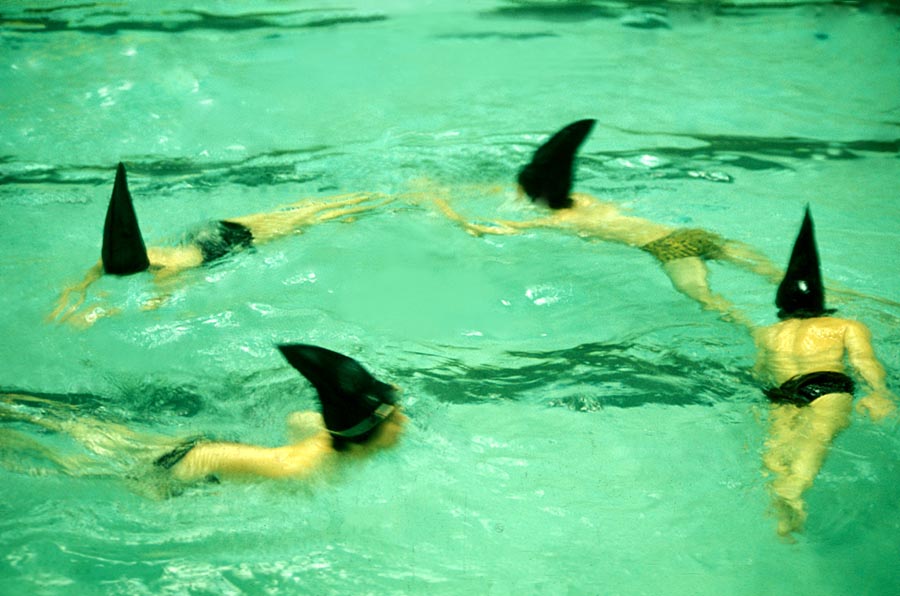
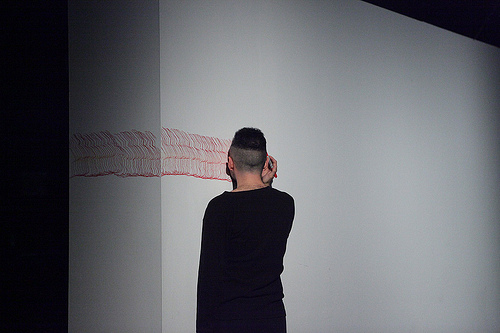
re-LIVE Vancouver was a tableau of tribute artworks at VIVO Media Arts Centre on September 25 2011. Installed like a gallery, it became an art exhibition with live art works that were scraping, rubbing, running around, wiggling and jiggling in the corners and along the walls.
Sponsored by the City of Vancouver’s 125th Anniversary Grant Program, it was a reiteration and redistribution of performative creations by some of this city’s most iconic artists. In alphabetical order:
Warren Arcan, Kate Craig, Margaret Dragu, Rodney Graham, Glenn Lewis, Vicent Trasov, and U-J3RK5 (Ian Wallace, Jeff Wall, Rodney Graham –again, Kitty Byrne, Colin Griffiths, Danice McLeod, Frank Ramirez, David Wisdom).
Glenn Lewis and Margaret Dragu were in audience. (Maybe others from that list too, but I wouldn’t have known them.) Kate Craig passed away in 2002, so I am quite sure that she wasn’t there, though a number of women were kind of dressed like her.
How do we do tributes? Why do we re-iterate, repeat, re-imagine, remark, re-play, re-use, repeat, appropriate, re-make, re-stage… ? If we remark on something do we assign it new meaning? If we copy the motions –practice them with our limbs, do we become the past for a moment, or do we ingest them and then finally change their meanings? Who authors the past, when it gets repeated? Derrida said that the original use should not be prioritized over the secondary. In the late 60s Foucault predicted that by now we would be over the author-thing.
Curtis Grahauer’s empty stage was funny. Even though it was a karaoke invitation – the mikes, the music and the words were all in place for us to play and sing along—no one dared to touch the setup, which was meant to exactly mimic the placement of the 8 band members as they were posed on their album cover. The absent rock band. Is anyone counting, how many local tributes have been turned down by the most famed of that crew? (OK forget about them. No one wants to sing along with them anyway.)
Ron Tran’s Peanut, Leopard, Sharks miniaturized the most familiar of performance art props from Vancouver’s early performance art days and put them into the hands and onto the bodies of a pack of preschoolers who were let loose in the gallery for the first couple of hours of the evening. Yes, performance art was a preschooler in Vancouver when these characters were first running and swimming around in circles. The original artists had ridiculous aspirations of taking over the city and the world. (I can imagine them falling down from laughing so hard, just like those kids.) In some ways, Vancouver art has lived up to their impossible international ambitions, of which this show is a reminder. But the reiteration of these works on the bodies of really tiny kids also puts those antics into a kind of disappointing contrast with all of the really smart and serious, institutionally bound, art that gets internationally distributed these days. Only preschoolers have fun now?
Both Raymond Boisjoly and Francisco-Fernado Granados produced performances by themselves, in front of us, and in response to more senior artists who had also performed at this year’s LIVE. Boisjoy made a simple drawing that spoke back to the overall work of Warren Arcan who had performed Why I am So Beautiful a week earlier in the same venue (VIVO Media Arts Centre). Boisjoly and I talked about Arcan’s particular interest in using worn and familiar materials to work out fantastically intense psychological meanings. In Why I am So Beautiful Arcan used every objects from his mysterious box to speak variations of that beautifully twisted scenario of the love affair. It is complicated, the love affair. The third or the forth or the fifth love affair. First with a stone, then a stuffed bear… then on the phone. Complex, yet comfortable in its familiarity, and increasingly uneasy.
That is only one reading of Boisjoly’s simple gesture of using a beer can to scratch the text,
UNEASY WITH
THE COMFORT
OF COMPLEXITY
onto the gallery wall while everyone partied.
When I read it after he had finished, I was thinking that if the artist knew how many times I uttered the words “its complicated” to newcomers to Canada who didn’t understand things like the government’s abysmal record of unfair dealings with Aboriginal Peoples, he would be uneasy. What do those uneasy words mean?: I can’t take the time to explain that issue to you…or I don’t know the answer but I can’t admit that I don’t know…or I cannot speak….?
Francisco-Fernado Granados’ work was a direct appropriation of a previously performed work by Margaret Dragu. Like a piece of sampled music, he took the smallest of elements from her Western Front performance that is briefly captured here (http://www.livebiennale.ca/1999-2001.html – watch for the tiny clip of Dragu leaving a kiss mark) and repeated it until the surface that he worked against ran out. This work solidified the way that live art was inserted into the gallery form, seemingly a curatorial intention of the re-LIVE Vancouver event. Granados himself has been inserting his intense physical gestures into gallery settings as a way of marking the space with his slowly moving body. His body has been leaving its mark on these revered spaces with materials that belong more on the surface of paper rather than on the body: a red marker in this work, untitled (spatial profiling), or gold gilt (gold in his work is a recurring mark for mourning –of gold mine victims in Guatemala and of a lost lover) as in the recentCrown performance and installation at the Queen Elizabeth Theatre in Vancouver. Margaret Dragu’s participation in Chaos a day earlier for LIVE in the courtyard behind the Firehall Arts Centre was much less about imprinting the body on a cultural or exhibition space, than about working through an evolving series of gestures and materials in a socially evolving context. During Chaos, the audience came and went as four women performers, Sinead O’Donnell, Judith Price, Grace Salez and Margaret Dragu, invented relations with each other, the space and the materials that they had gathered. This was one of those largely generous events during which the audience could ingest a repertoire of actions and reactions that held uncanny fascination and imaginative potential. From a long practice of making those generous Aktions available for her audiences, Dragu’s single kiss mark on the white wall (1999?) was the action that Granados chose to reiterate and practice until he was stained and probably a little sore.
Thank you LIVE 2011 for marking up the city again with new and renewed actions, gestures, forms, poems, songs, texts, uncanny relations…. in such a large and generous display.
Lois Klassen
I arrived at the courtyard of the Firehall Arts Centre around 11:20 Saturday morning. The four-hour durational performance by Margaret Dragu, Grace Salez, Judith Price and Sinéad O’Donnell had begun at 11 and was already in full swing.
The performance of these four women was quite different from those of Pancho Lopez or Christian Messier, which had taken place earlier in the festival program. The performances of both Lopez and Messier led their audience toward a single climactic moment, a surprise that revealed the logic and beauty of their action. Lopez smashed the vase full of Coca-Cola with his baseball bat; Messier opened his mouth and from it billowed a cloud of white dust.
The whole arc of their respective performances had led to that one moment. The actualization of these poetic images completed their pieces. Once revealed, any further performance was pointless.
The actions of the four women were of a different order. There was no arc towards climax. Composed of hundreds of actions and images, their performance continued throughout the afternoon. They worked through a few simple actions, which were repeated constantly, always with a slight variation, with a few new events occurring throughout the day.
Four hours is a long time to create a performance with a coherent conceptual framework. For this slow organic process of creation to succeed in engaging the public, the performers must work with an intense focus. Their individual acts throughout the period must have a poetic resonance, they must be coherent within a concept, and they must show some development. It’s a very difficult act to pull off.
Their show was called “Chaos”. Though the women worked in disparate realms, interacting only rarely, the over all feeling of the piece was, for me, not one of the world out-of-order. There was no violence, no anxiety or terror that I associate with a world gone amok. On the contrary I felt that these women were working to create some kind of order from a primeval and formless state.
Throughout the day Grace Salez remained blindfolded. She alternatively pushed and pulled a wheelbarrow full of rotten apples, walking a few halting steps from one side the courtyard to the other. Judith Price lay on a picnic table and struggled to climb out from a felt bag. Sinéad O’Donnell with a painted face, her dress stained red and covered with Vaseline and flour, walked dazed around the central tree placing small black ravens here and there. A whole dead fish lay on a bed of ice. Margaret Dragu sat ensconced on the deck over looking the courtyard. On a small table she had set-up her mending station with a tin of buttons, her sewing supplies, a few articles of clothing that needed care.
Each of the women created a unique space with a separate gravity and logic, which she developed throughout the day with a hundred slight variations. Turning your head from one performer to another, the eye was constantly caught anew by striking images: Judith cutting her toenails and covering her bare feet with band aids, Dragu singing karaoke version of “The Days of Wine and Roses” with her clients, O’Donnell, her hand stuffed into a loaf of bread biting off chunks and eating, and Grace always moving gingerly, her hands searching the space before her seeking something solid.
It is unfortunate that so few members of the Live audience came by to see this performance. It was a solid cascade of poetic images that rained down without cease. In one short afternoon, a lucky few witnessed absurd, tragic, motherly forces wrest form from nothingness.
Fortner Anderson
Preparatory Remarks
OUCH.
Congratulations. You are now raving bumbling beast idiot.
Pilgrimage/Procedure
In many countries we like to flavour our liquors with exotic ingredients to add some pizazz. Try these recipes to take a trip around the world, or at least across the performance space. If good drink more whiskey. If not good drink more whiskey.
Feast/Finale
Finally you have arrived at the table. The table makes a good noise that could be defined as a “hellish jangling”. It is a special place. Climb up on it, or stab it with your knife. Pour booze and drip paint on it and rub it all over. Hack the stool off your foot. You can still use it as you move across the room like a grotesque inchworm, grinding glass into the floor as you go along.
It is the end. You may sit at the table now, both feet firmly on the ground. But you can also stand on it, bleeding and gasping, while hacking off a table leg with your big scary knife. Best of all, you can just throw the table across the room. Yes, that would be best.
Lessons?/Conclusions?
It takes a whole lot of work and a lot of smarts to make yourself look like a fool. I am terrified. Good job, Arti!
– stacey ho
